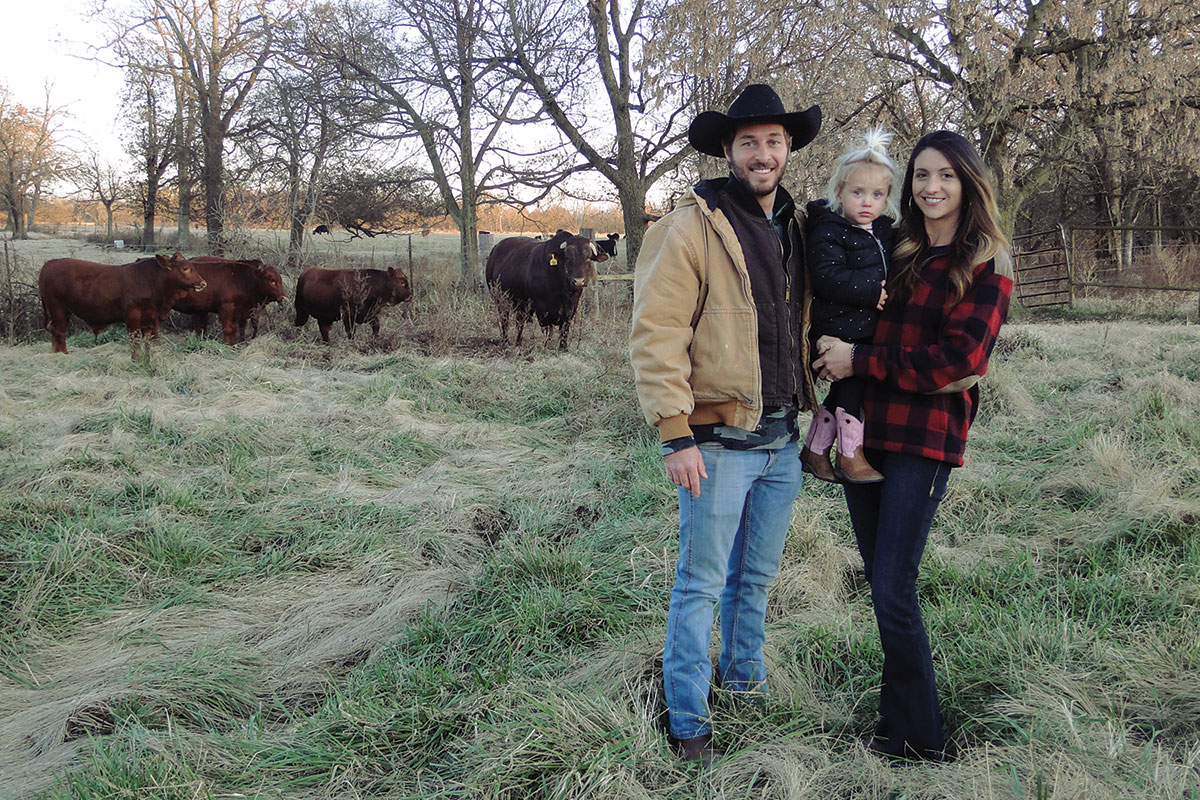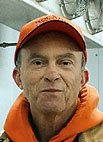
Stephan van der Merwe is planning to advance the Bonsmara breed in the U.S.
In the early 1800s, Dutch cattle breeders in South Africa found the European breeds did not fare well in their variable climate.
A cross with Longhorn Zebu and the Egyptian Longhorn was developed and was the most widespread breed in South America. Two issues, however, with the hardy and efficient cattle were delayed sexual maturation and not breeding regularly.
The deep red Bonsmara cattle are 5/8 Afrikaner, the early Dutch breed, with 3/16 Hereford and 3/16 Shorthorn.
According to Oklahoma State University, in less than 25 years Bonsmara became the dominant breed in terms of animal numbers.
Seven years ago an attempt to insert Bonsmara cattle into the American industry was frustrated by legal issues though some cattle remained in the country. The borders are expected be open once again to Bonsmara semen and embryos soon.
Now enter a young South African named Stephan van der Merwe.
He came to the U.S. on a work visa to work on crop farms. He worked 10 months in the U.S., returning home for two months before coming back to the U.S. During his second rotation, he met and became friends with Brittany, a bank teller in Marion, Ark. They eventually married, and he spent the first two years they were married continuing to work on a crop farm.
A year ago the couple, now with a then 1-year-old daughter named Elsie, purchased 66 acres in Lincoln, Ark., that contained six Tyson chicken houses.
“Entering agriculture from scratch is difficult,” said Stephan. “The only way that made sense to me is to start with chickens and expand to include cattle. If you start crop farming, you’re chasing acreage and starting where you have to buy both cattle and land is not feasible. With chickens; you know what your income will be and can expand accordingly.”
Stephan knew nothing about raising chickens having come from a South African crop and sheep farm, and also having worked on a South African ranch and 6,000-head ranch in Zambian.
Despite the learning curve, Stephan was in the poultry business, eventually switching from broilers to Cornish production because of the reduced labor inputs.
Stephan, however, still longed to be a cattle producer. Knowing the Bonsmara cattle were coming to America and the phenomenal success the breed has had in South Africa, Australia, Brazil and Argentina, he was anxious to expand the awareness and availability of the breed to the American industry.
Stephan found a remnant of the original American Bonsmara and purchased nine registered females and a bull. He recently acquired 90 leased acres and his plans to purchase an additional 30 Red Angus to produce F1 breeding stock, as well as registered Bonsmara seedstock.
He has been in contact with South Africa’s top Bonsmara breeder, Arthur de Villiers, who recently sold a bull for $150,000. Stephan made contact with Arthur through his South African cattleman boss and is waiting for the borders to open so he can be on the forefront of the Bonsmaras’ entry to the United States. When his calves are validated and certified, he plans to undergo training so he can then certify cattle himself.
One of the most distinctive characteristics of this breed is that they thrive on land similar to the Western states. They are highly efficient and browse rather than simply graze, and will even eat a mature thistle. In fact, Stephan has had to brush hog some of his acreage because it is more than his small Bonsmara herd can keep up with. He is hoping when he adds the 30 Red Angus he can eliminate brush hogging where the Bonsmara graze. Only bulls receive grain and then only 1 percent of their body weight per day. Due to their hardiness including a natural fescue toxicity resistance, all animals thrive on forage even during drought.
“One of the most advantageous characteristics of the breed is that they can help a farmer through difficult weather patterns because their feed efficiency is so high,” Stephan explained. “When others may have to sell stock because of drought, a Bonsmara farmer will continue to do more than just survive.”
His first winter with the cattle proved they can handle cold temperatures as well. His first calf was born two days before severe cold and snow hit the area. The calf thrived on its mother’s substantial milk production and seemed unfazed by the cold.
Another important characteristic is the breeds’ mothering traits. As in other breeds, a cow will separate from the herd to have her calf but a Bonsmara cow will remain away from the herd until she is certain her calf is ready to be integrated. In addition, when Stephan tags newborn he does so carefully. If the calf bawls in distress, the entire herd will respond. Nonetheless, the breed is docile and easy to handle.
The van der Merwe family is settling well into Northwest Arkansas. Brittany recently began working at the main office of Tysons in Springdale, Ark., where she develops statistical data while little Elsie already enjoys being around the cattle and Stephan waits somewhat patiently for the arrival of embryos and semen.






